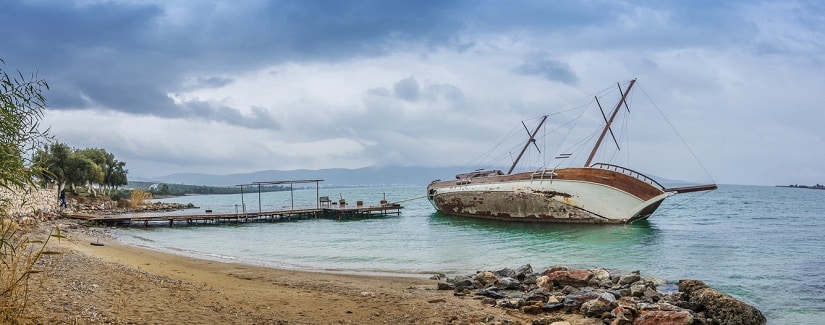Within the context of the war between Russia and Ukraine, our colleague Javier Caamaño Malagón wondered how insurance works in a warlike situation. To understand today, he takes an insightful journey through history.
We found two interesting articles published by MAPFRE along with Javier Caamaño Malagón. The first takes a journey through history in the context of the 19th century, when the insurance market gained more momentum in trade and coverage for the transport of goods, especially maritime transport, had become widespread. “This was where insurance companies began to protect themselves from the risks of war and began working with them, with specific coverage in the event the damage or sinking of the ship was caused by a military attack carried out by an enemy state,” Caamaño notes.
In the 20th century, insurance was in a paradoxical situation: on the one hand, with strong growth, it had become “one of the basic elements of countless sectors of the economy.” On the other hand, by offering protection against risks to people and companies, “it was in a dilemma about what to do when one of those risks was potentially so destructive.”
Click on the link to learn how the first agreement to protect against a major war emerges, why 1938 was key in the insurance industry, and the issues stemming from the exclusion of war.
The second article refers to International transport, as insurance plays a big part in this sector, guaranteeing its operation in the face of the risks of armed violence nowadays. However, this has not always been the case. According to Caamaño in his text, “in the early 19th century, the Napoleonic Wars caused such a number of losses that insurance companies began to rethink how they work with these risks, by covering them specifically or excluding some cases. The sector grew and became more international and, faced with the need for standardization, in 1906 the large British insurance companies—those who dominated this market at the time—drafted the “War and Strikes” clauses, which were adopted globally and which, with few updates, have been maintained to this day.”
Don’t miss out on learning about risk zones, policy exclusions, and sanctions.

Javier Caamaño Malagón – Copywriter at MAPFRE




